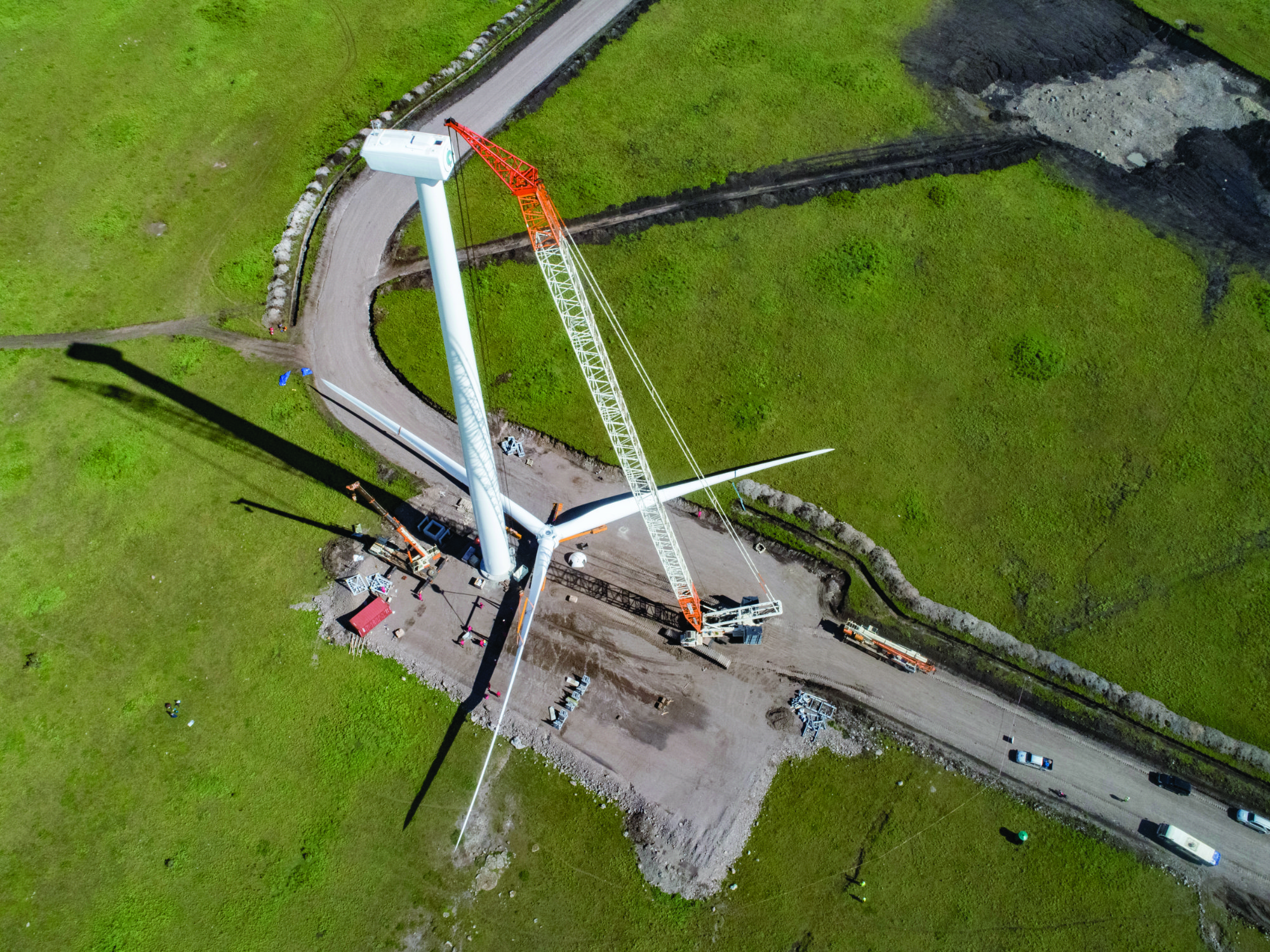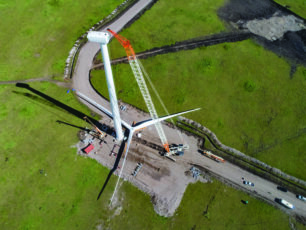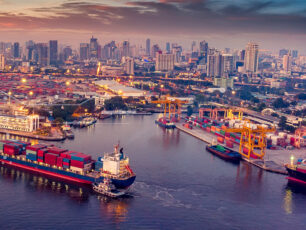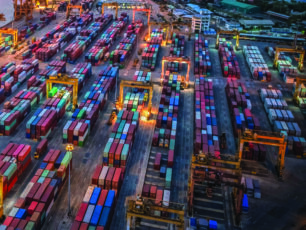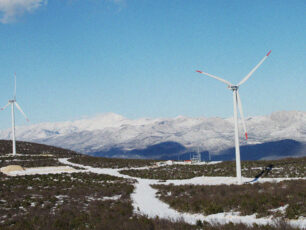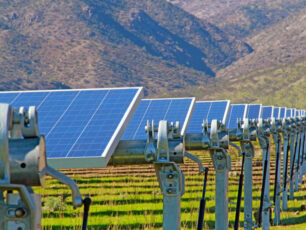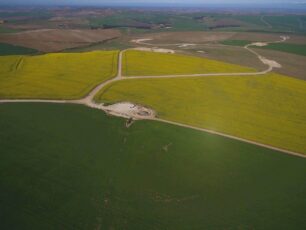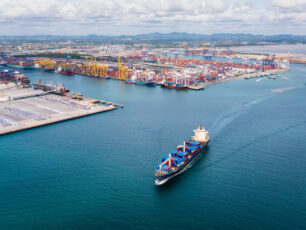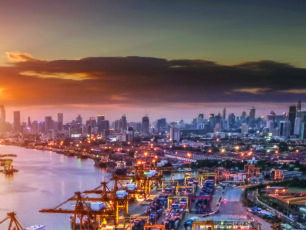Our taxonomy allocates the major countries where Actis invests into one of six separate buckets. We explore the methodology below. These working titles are designed to focus that investment debate and risk taking. Our analysis targets sources of financial risk including currency drivers, liquidity, inflation and how these trends may evolve during our investment holding periods, typically five years as a minimum.
We have worked closely with Cross Border Capital (‘CBC’), a London based research boutique with over 30 years’ experience analysing currencies and liquidity. Their quantitative approach to FX forecasting acknowledges that exchange rates and liquidity are driven by different factors depending on the time horizon. Actis employs CBC as our key partner in generating FX forecasts for use in investment decision making. We have incorporated a peer review process including input from DSG Asia, a respected Hong Kong based consultancy and long-time Actis Adviser.
Some countries are difficult to fit into any one group. We have struggled to reflect countries where policy unorthodoxy has created increased risk – Türkiye being a prime example (spoiler alert we put it in ‘Structurally Challenged’). We have excluded countries where we have not yet invested, most notably mainstream EU countries. We also recognise that there will be sensitivities about where some countries are allocated.
We believe most countries can be allocated to one of the following six buckets. Remember that in the interests of simplicity, we have opted for one label per country, even though very obviously countries may fall into several categories.
1) Global Influencers
These are countries which, by virtue of their size, are global price fixers in goods and services. They typically have large and material shares of trade volumes in goods and services. Crucially, by virtue of size, they are givers rather than receivers of investment and macroeconomic risk.
Our nominations are:
- China
- Japan
- USA
2) Big Middles
These economies are often classified as EM, yet their economic and financial systems are usually sizeable, and well developed. Generally, the countries in this category also have significant domestic savings institutions (which helps smooth volatility as explained later in this paper). They also enjoy substantial foreign exchange reserves. They are all G20 members and recognised as significant players in the global economy. Their increased institutional maturity has led to better macro management and improved currency resilience. We don’t include mainstream Europe or the UK as we don’t invest there yet but they would naturally fall into this area.
Our nominations are:
- Brazil
- India
- Mexico
- South Korea
3) Supply Chain Heroes
In general, these are countries who have seen significant and sustained levels of foreign direct investment beyond natural resources and are increasingly embedded in global supply chains. This group benefits from “China Plus One”. Our nominations in this category exclude countries with volatile exchange rates or unorthodox monetary policies, because we believe such choices undermine the concept of investment led stability.
Our nominations are:
- Malaysia
- Philippines
- Thailand
- Vietnam
4) Stable but Small
Not exactly the catchiest title, but useful for differentiating from what we label ’Big Middles;. These countries may run structural deficits or have negative net international investment positions. The key factor by virtue of the size of their economies, is that they are price and policy takers, not givers.
Our nominations are:
- Bulgaria
- Lithuania
- Morocco
- Romania
- Uruguay
5) Natural Resource Winners
The title says it all. These are countries where natural resource cycles are material drivers of financial and economic stability. They generally have currencies, which if free floating, reflect price swings in natural resources. Those with fixed exchange rates reflect these swings in current accounts and fiscal conditions. Energy transition has the longer-term potential to redistribute the spoils within this category, favouring minerals and new material providers over fossil fuel based economies.
Our nominations are:
- Chile
- Colombia
- GCC
- Indonesia
- Peru
- South Africa
6) Structurally Challenged
These countries have debt servicing issues or have adopted unorthodox policy mixes. Financial and/or macroeconomic volatility seem to be a way of life. With one important exception (Türkiye) these countries have low tax revenues to GDP, narrow domestic financial systems and have borrowed in currencies other than their own.
Our nominations are:
- Egypt
- Ghana
- Kenya
- Nigeria
- Türkiye
